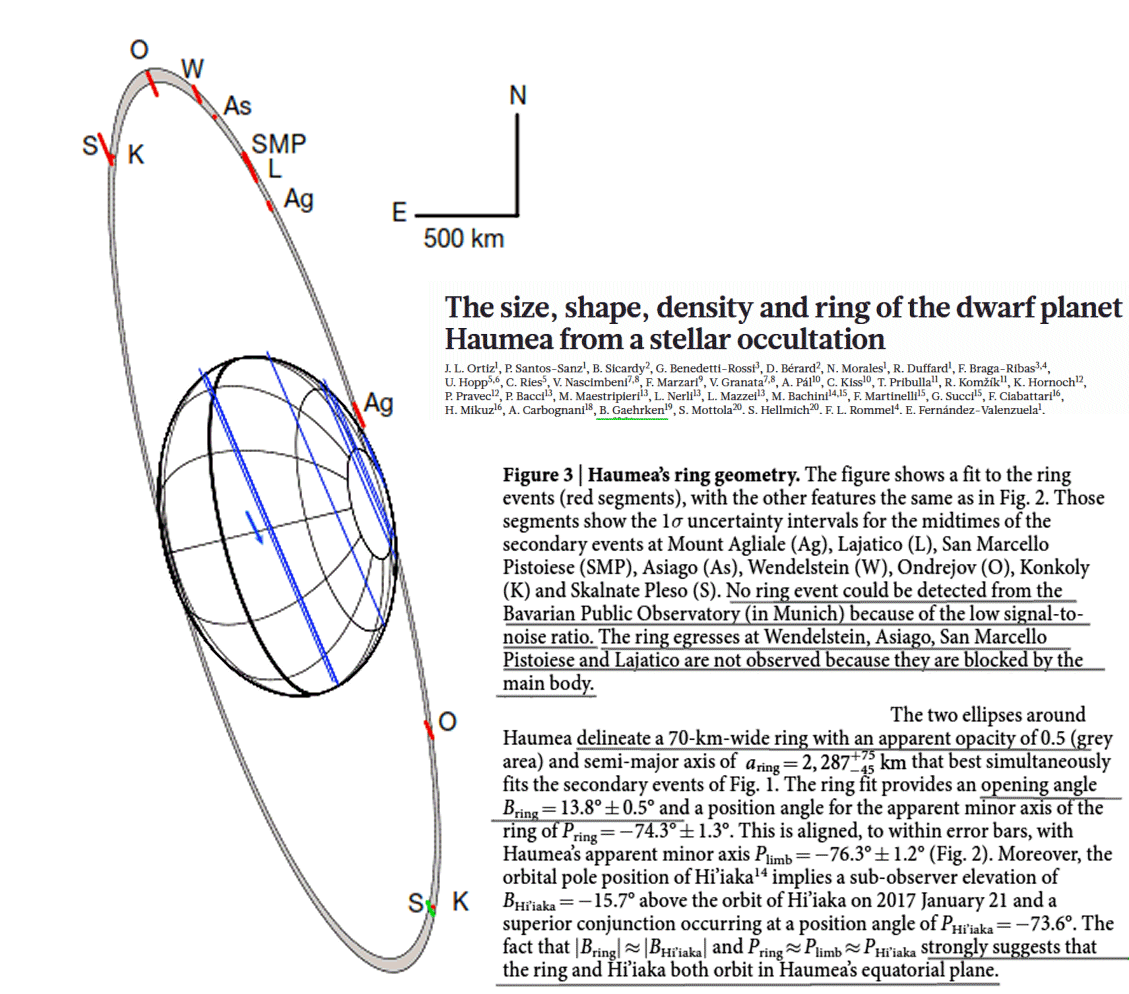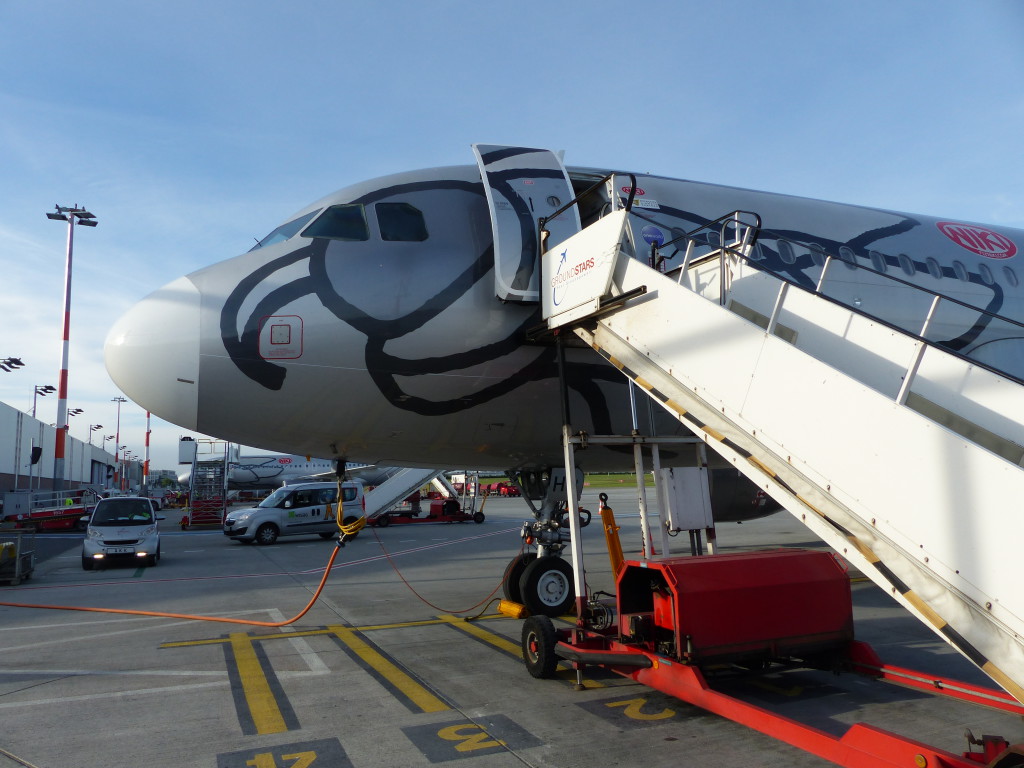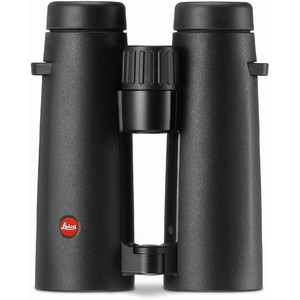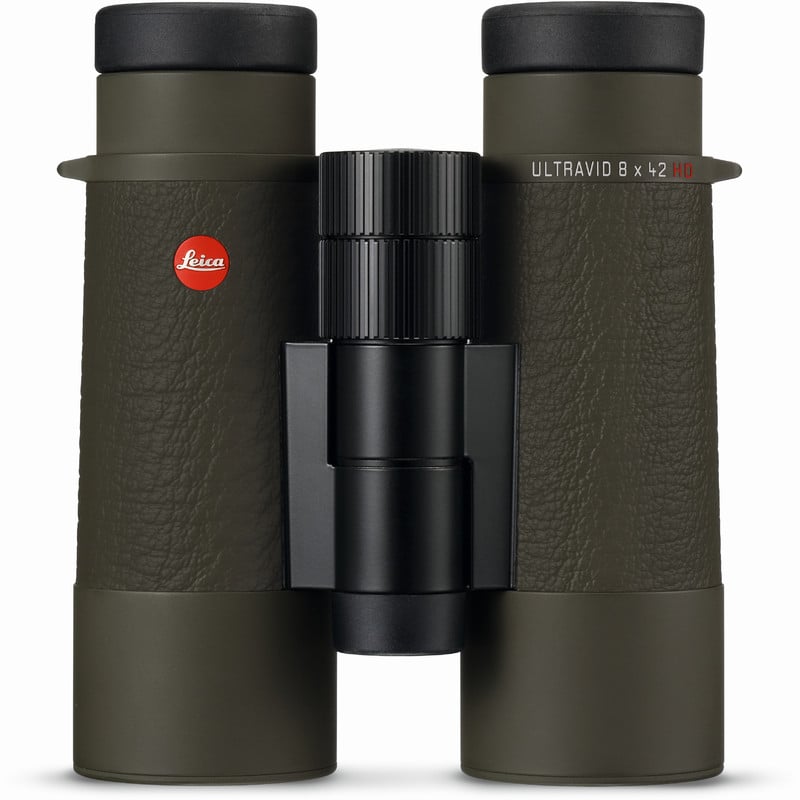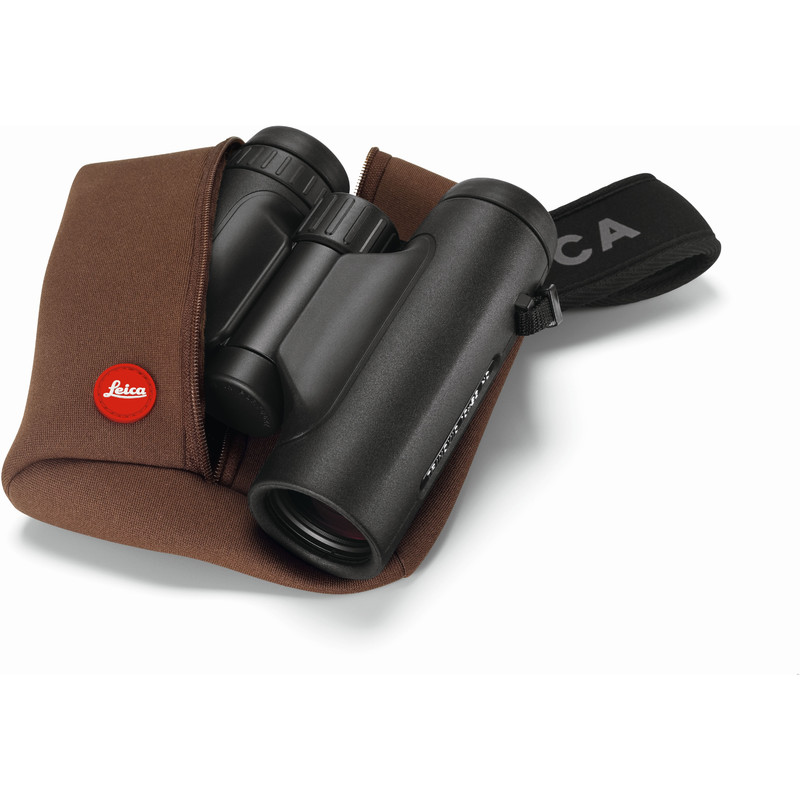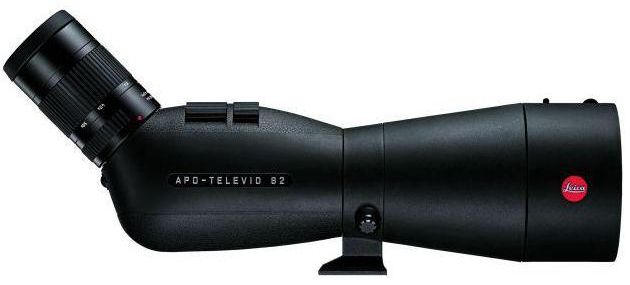Bis in das 19. Jahrhundert war die astronomische Forschung in vielen europäischen Nationen kein Gegenstand der staatlichen Förderung. Die wissenschaftliche Arbeit ruhte zum größten Teil auf den Schultern engagierter Amateure. Heute ist das anders. Die Spitzenforschung erfordert eine langjährige Ausbildung und ist ein Job für Profis. Doch an der Basis gibt es immer noch viele Amateure die mit den Berufsastronomen zusammen arbeiten. Manche Beobachtungen erfordern mehrere Standorte oder viel Flexibilität bei der Wahl des Beobachtungsplatzes. Die Profis können ihre Sternwarten nicht bewegen und sind an einem Ort gebunden. Die Amateure haben dagegen eine bewegliche Ausrüstung und können zur Not auch einem Wolkenloch hinterherfahren. Die Arbeitsfelder der Amateure unterliegen dabei einem ständigen Wandel. Durch Satellitenmissionen haben sich in den letzten Jahren neue Aufgaben erschlossen.
So ist es heute möglich, Sternbedeckungen durch Kleinplaneten mit akzeptabler Genauigkeit vorherzusagen. Durch die Messung der Zeitdauer einer Bedeckung lässt sich der Durchmesser eines Himmelskörpers sehr genau bestimmen. Wenn es gelingt mehrere Schattensehnen zu gewinnen, ist es möglich daraus ein Profil abzuleiten. Über die Kombination des Schattenriss mit einer Lichtkurve kann die Form und die Albedo auf 3 Achsen bestimmt werden. So lassen sich auch ferne Objekte untersuchen, für die keine Raumfahrtmissionen geplant ist. Besonders spannend ist dies für die 2006 von der IAU neu definierte Klasse der Zwergplaneten. Von den fünf Himmelskörpern wurden bislang nur zwei von Raumsonden untersucht. Ceres von der Raumsonde “Dawn” und Pluto von der Raumsonde “New-Horizons”. Für die plutoähnlichen Welten Eris, MakeMake und Haumea sind bislang keine Missionen geplant. Vorbereitung, Bau und Flug würden wegen der großen Entfernung mehrere Jahrzehnte dauern.
Haumea wurde erst 2003 entdeckt und sollte im Januar 2017 erstmals einen Stern bedecken. Diesem Ereignis wurde entgegengefiebert, denn es war die erste Chance etwas genaueres über dieses geheimnisvolle Objekt zu erfahren. Die Beobachtung erwies sich als schwierig, denn Zwergplanet und Stern besaßen nur eine Helligkeit von 17,5 mag, das ist 40.000 mal schwächer als der schwächste Stern den man mit freien Auge sehen kann. Weite Teile Europas waren zudem von Wolken bedeckt. Insgesamt gab es nur acht positive Messungen die jedoch zu verblüffenden neuen Erkenntnissen führten. Haumea ist deutlich größer als bisher vermutet und übertrifft auf einer Achse sogar den bisherigen Champion Pluto. Zudem hat Haumea einen Ring. Der Haumea-Ring ist jedoch viel kleiner und schwächer als beim Gasplanet Saturn. An den Messungen war auch Astroshop.de-Mitarbeiter Bernd Gährken beteiligt. Die Entdeckung war so außergewöhnlich das sie im Wissenschaftsmagazin “Nature” veröffentlicht wurde. Ein Kolloquium zu diesem Thema ist für den Februar 2018 an der Volkssternwarte München geplant.

